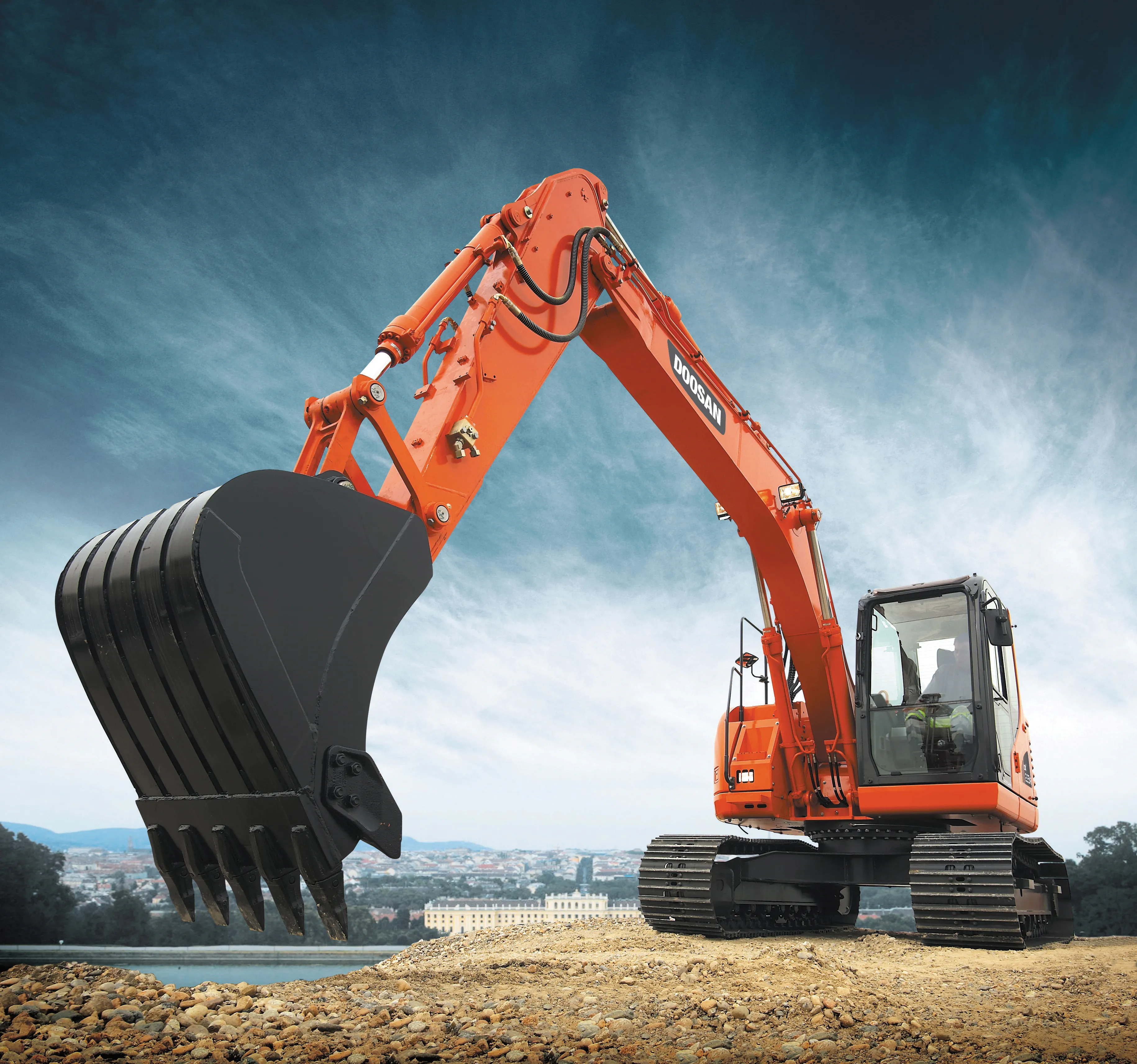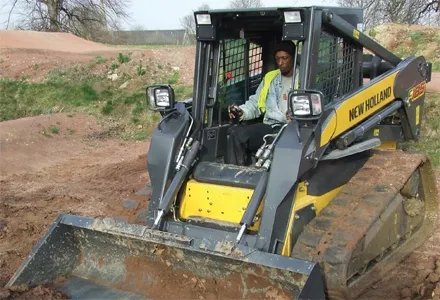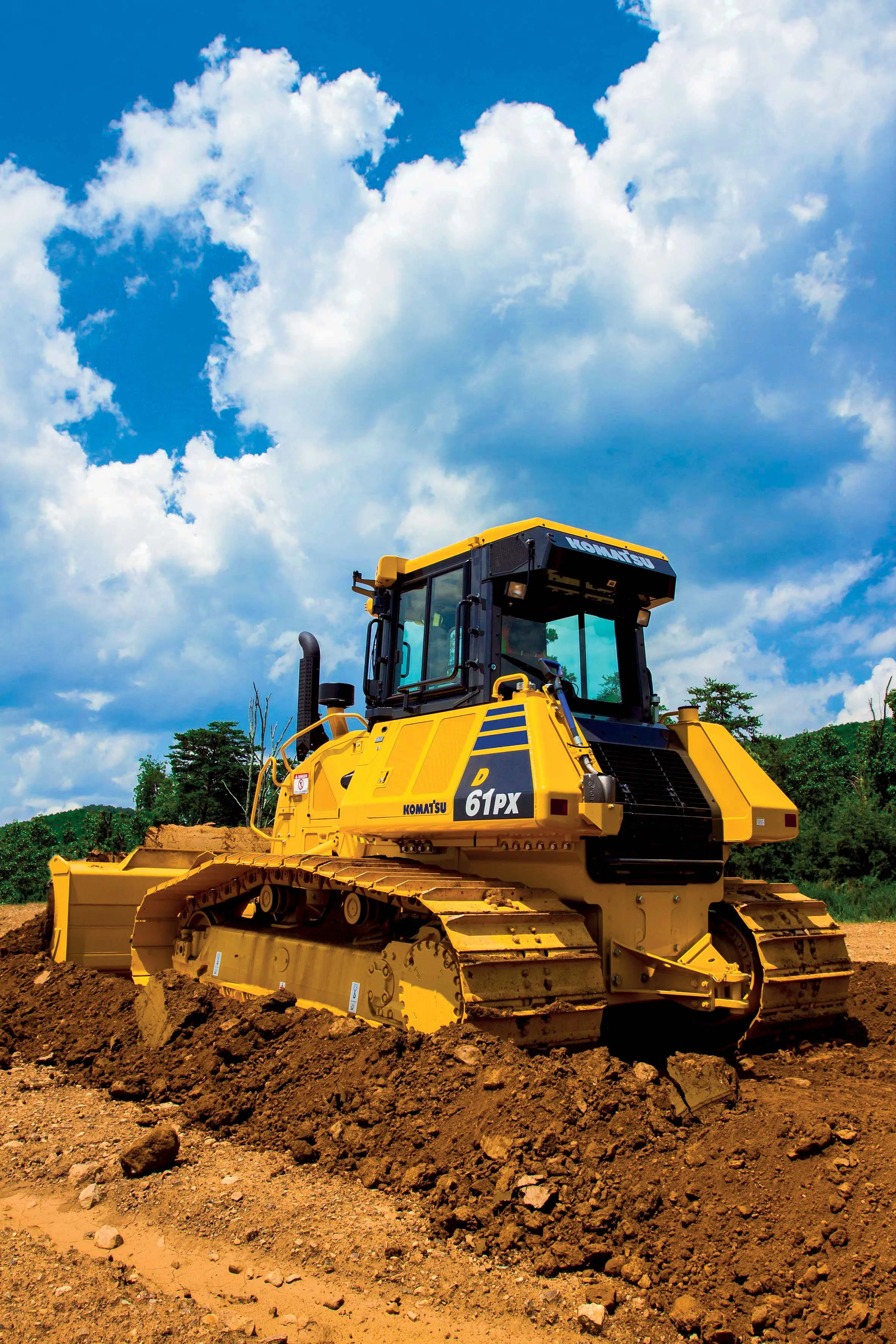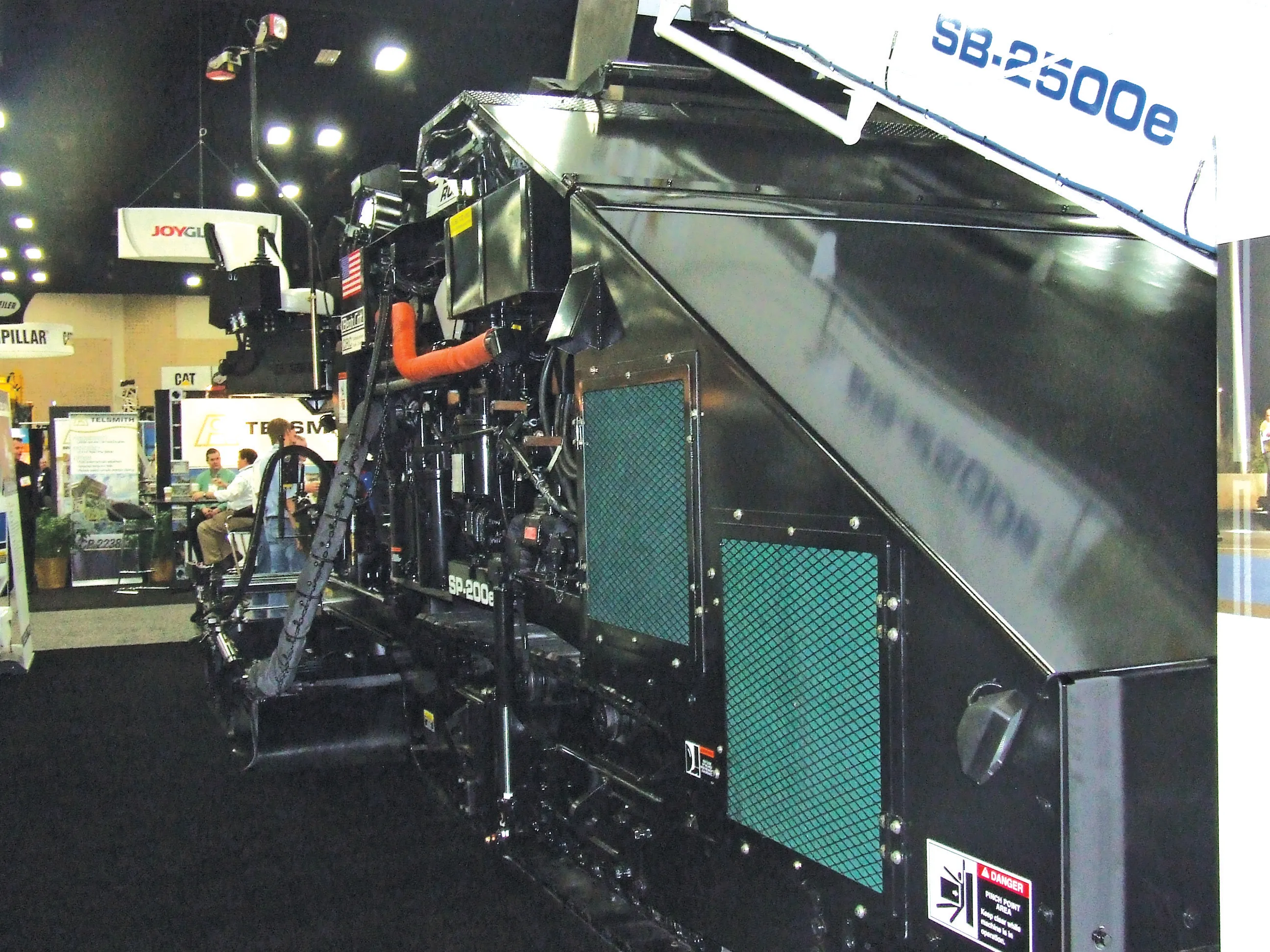Trencher firm Mastenbroek says its 20/14 rock trencher is aimed at the utility equipment and highway drainage markets. The machine shares proven features with existing chain trenchers from the firm such as the 10/12 model and is powered by an emissions compliant Cummins diesel rated at 164kW. The machine features as standard a trench unit that can be offset to the left or right and drive to the chain is hydrostatic through a direct coupled, independent low speed, high torque motor. The heavy-duty chain can
July 10, 2012
Read time: 2 mins
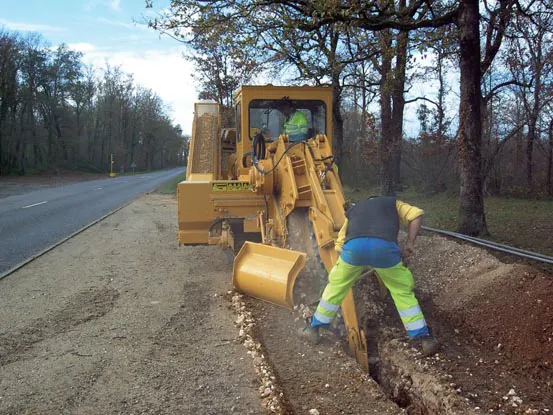
Trencher firm 2383 Mastenbroek says its 20/14 rock trencher is aimed at the utility equipment and highway drainage markets. The machine shares proven features with existing chain trenchers from the firm such as the 10/12 model and is powered by an emissions compliant Cummins diesel rated at 164kW. The machine features as standard a trench unit that can be offset to the left or right and drive to the chain is hydrostatic through a direct coupled, independent low speed, high torque motor. The heavy-duty chain can be fitted with various cutting tools to suit the application and offers a stepless adjustable cutting speed from 0-3.7m/sec. Spoil discharge can be to either side of the machine using a cross conveyor and forward swing conveyor. The independent hydrostatic track drive uses variable displacement hydraulic pumps and motors and electronic controls ensure the machine keeps a straight course while trenching. A load controller automatically balances the forward motion of the trencher to the hardness of the material being cut, optimising cutting efficiency and component life. The air-conditioned cab has a control panel with warning lights, gauges, load controller and main hydraulic cylinder functions are operated using switches or levers, while track speed and steering, throttle, digging chain speed and conveyor speed are operated with levers.


